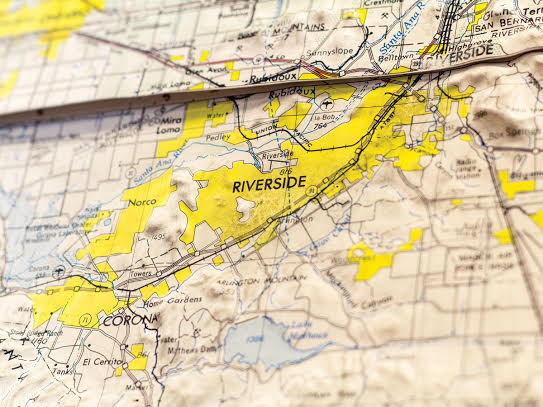
On the night of Nov. 7 at 7:35 p.m, fourth-year sociology and ethnic studies major Terry Liu was studying for a quiz in his Oban apartment near UC Riverside when he felt a sudden jolt. Little did he know that a 2.6-magnitude earthquake had struck Loma Linda, which was followed by two aftershocks in the 1.0 to 2.0 range, according to the U.S. Geological Survey. Another temblor shook Loma Linda earlier that week with a magnitude of 3.4.
“I didn’t know that a quake hit Loma Linda until after the tremor took place,” said Liu. “I thought it was a groan from my stomach signalling that it was time to take a snack break. My roommate reaffirmed the quake as he felt it too.”
Considered a low intensity earthquake on Mercalli Intensity Scale, very few people feel earthquakes below a magnitude of 3.0. Despite being approximately 30 minutes away, the city of Riverside still managed to experience slight tremors from the nearby quakes.
According to UCR geophysics professor David Oglesby, small clusters of earthquakes like these are “unlikely to cause any kind of significant damage,” but can act as a precursor to what may lie ahead.
“Every once in a while, when you have a cluster of earthquakes, they end up leading up to a larger (damaging) earthquake,” he said. “Riverside is pretty close to the area, so it’s no surprise that we would feel (around) a magnitude 3.0 earthquake. I’d say small earthquakes like this really serve as a reminder to us all that we should be prepared for a large earthquake.”
According to a 2011 publication by the U.S. Bureau of Labor Statistics, the southern part of the San Andreas Fault, which cuts through heavily populated cities such as Los Angeles, Riverside and San Bernardino, runs the greatest risk of experiencing a major earthquake (7 to 7.9 magnitude). Additionally, Riverside is second in line (after San Bernardino) as being the state county with the most economic risk from a major earthquake, due to the fact that 75 percent of all businesses exist in “very strong or severe shaking zones.”
Due to the inherent risks associated with natural disasters, state and federal regulations require cities, including Riverside, to have a response and recovery plan in case of an emergency. According to the city code, the Riverside director of emergency services has up to $25 million to spend in the case of an earthquake, fire or national disaster to protect life and property.
Ways in which the university has attempted to offer earthquake preparedness tips can be seen through its annual “stop, cover and hold on” event, which is part of a statewide earthquake drill that encourages the public to practice basic earthquake protocol. UCR’s own 1994 earthquake policies are also rooted in the concept of prevention and preparedness as seen through specific requirements, which states that heavy items elevated above 42 inches must be restricted in the event of a moderate earthquake.
Despite these preventative measures, Liu said the university can better prepare itself by upgrading its emergency mobile alert system and holding quarterly instead of annual earthquake drills. “(The drills) could be held in a classroom by a professor, in the library by employees, or in the dining commons by staff,” he said.
UCR Media Relations Director Kris Lovekin says the campus is “continually making improvements” to prepare itself for future calamities. Outdoor or indoor earthquake tips can be found on UCR’s environmental, health and safety website.








